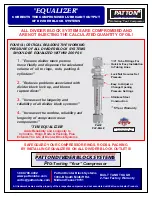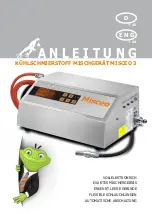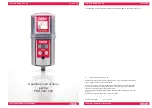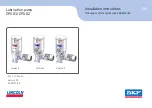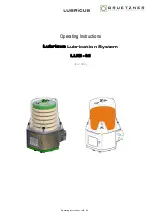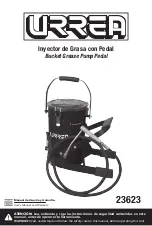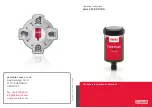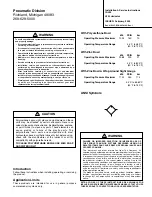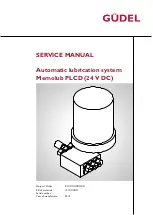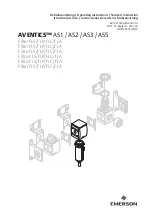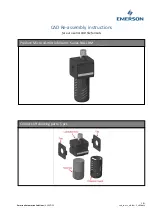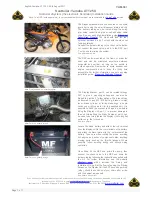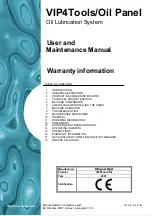
What Causes Differential Pressure Short Stroking (DPSS)?
When the working pressure of all divider block outlets are not equalized within 200 PSI, the differential pressure
between the injection points will cause the pistons in the block to short stroke. The shortened travel of the pistons
seriously reduces the volume of oil that was calculated to lubricate the pistons, rings, rods and packing.
NOTE:
The only proven method to prevent the short stroking of divider block pistons, and ensure the correct volume of
oil is injected into the lubrication points, is to equalize the pressure on all tubing lines serviced by the divider block!
Consequences of Differential Pressure on Divider Blocks:
A.
Divider blocks operating with differential pressures exceeding 200 PSI can cause the internal pistons in the valve to
hit the end plugs of the block causing the pistons to bounce out of sync, locking up the divider block assembly.
B.
When the discharge pressure of divider block systems are not equalized within 200 PSI, the slap action of the piston
can also cause damage and cause spring failure in lube no-flow devices and proximity switches, which in turn will cause
the compressor to shutdown on lube no-flow.
Field and laboratory testing have proven ALL compressor divider block systems ARE NOT lubricating the rings,
rods, packing and cylinders with the quantity of oil as designed. The lack of proper lubrication has been causing
premature wear and failure of compressor cylinder wear components for decades. Through the years, contract
compression companies and compressor owner/operators have come to accept premature wear or failure of
components as
“what is to be expected after specific run time hours”
and roll these expenses into their annual
operational costs.
After discovering the phenomenon of D.P.S.S.,
“Normal wear and failure of the compressor components is no
longer considered Normal.......it is Abnormal” and can be prevented by installing the "EQUALIZER!"
DIVIDER BLOCK SYSTEMS OPERATING WITH OVER 200 PSI DIFFERENTIAL PRESSURE
BETWEEN LUBE POINTS ARE COMPROMISED, AND DO NOT DISTRIBUTE
THE CORRECT VOLUME OF OIL, DUE TO SHORT STROKING OF INTERNAL PISTONS!
THE RESULTS OF DIFFERENTIAL PRESSURE SHORT STROKING OF ALL DIVIDER BLOCKS IS SHOCKING!
FIELD DOCUMENTED DPSS
Percentages reflect the amount of oil being delivered from each block output at the cycle time recorded during testing.
Pressure for all lines were measured upstream of the injection point with the unit running at full speed and loaded.
FIELD DOCUMENTED DPSS
NOTE:
Three compressors were tested yielding the same results. All divider block
system components were new and properly installed.
(Percentages of
would indicate accurate delivery of oil)
100%
PATTON DIVIDER BLOCK SYSTEMS
Pro
-Tecting “Your” Compressor
What is The Definition of Differential Pressure?
Differential pressure is the difference between the lowest and highest pressure the divider block system is working against to
inject lubricant into the rings, rods, cylinders and packing glands of the compressor.
D.P.S.S. is the term Patton Lubricator Products uses to describe the forceful, erratic, and inconsistent travel of divider block
piston moving within its body. The distance traveled by the divider block piston is significantly affected by contrasting pressures
each individual piston is working against to inject a specific amount of oil to the rod packing and cylinder.
Individual Assessment of Each Lubrication point on a Two
Throw 3 Stage Compressor, With In-Board 3rd Stage
Cylinder, Proving Reduced lubrication Caused By D.P.S.S..
Assessment of Each Lubrication Point
After System Pressure on Each Injection
Point Was Equalized Within 200 PSI.

